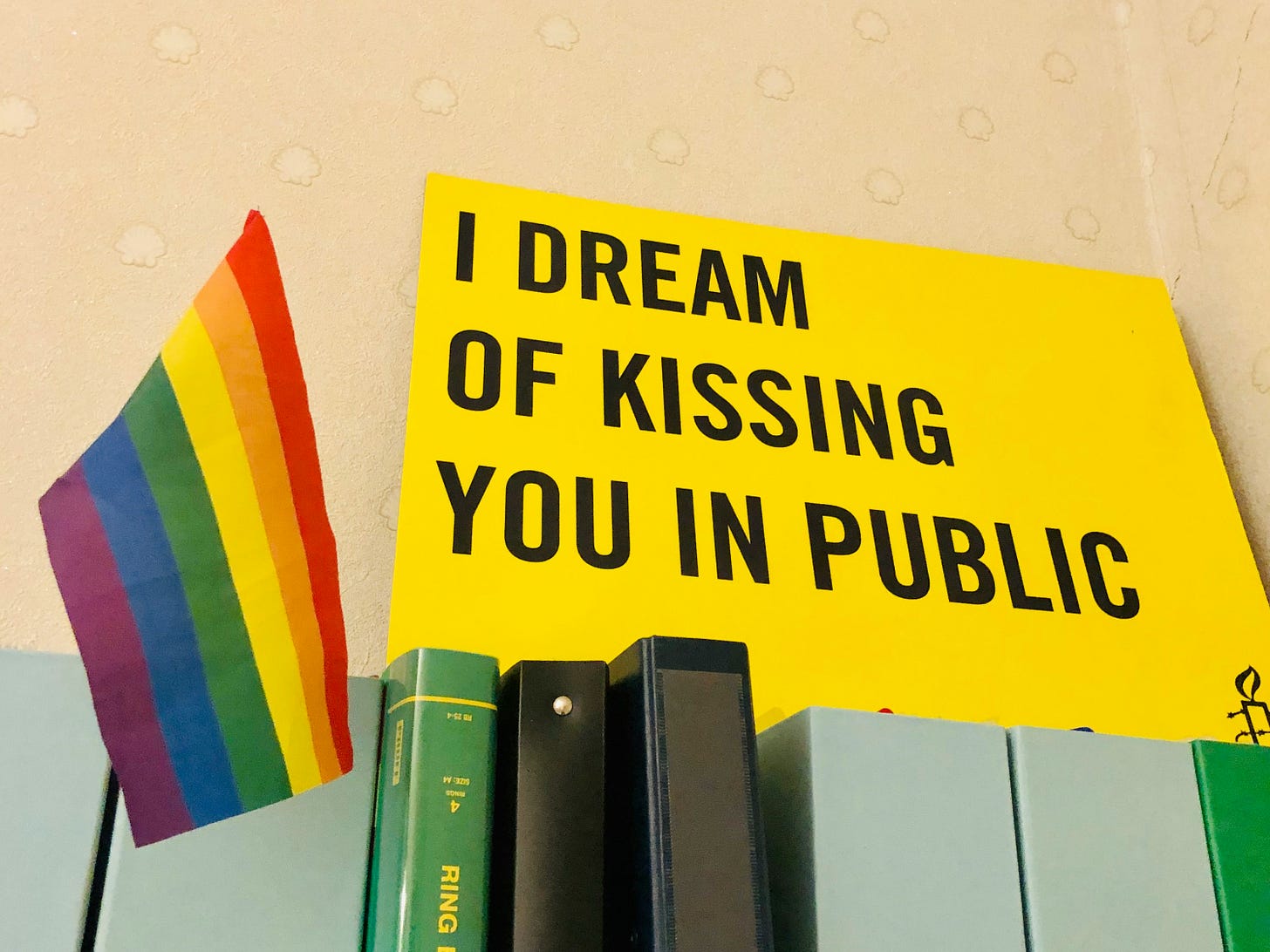When I think of revision I think of Intuitive Editing by Tiffany Yates Martin. This book, suggested in a class by the wonderful Grace Bialecki, is really helping me shift into a right-brain, more analytical frame of mind. The author suggests tricking the brain into viewing the content in a different way. Change the font, view it on an eReader, do your work in a different place than where you wrote it: all good suggestions I’ve tried and gotten good results (I think) so far.
But what does queering the revision process mean?
As writers, we understand we will be misunderstood. It comes with the territory. As queer writers, sometimes we explain things in our writing that all queer people know and understand so we can appeal to a broader audience. We might want to explain what being ‘chopped’ on the runway means, for example. Queer revision is the time to remove explanations that pull you out of the story. To make the language and the scene into flesh, without subtitles or characters providing dialogue footnotes.
Also, as writers, we may avoid speaking about uncomfortable things that happen in queer life. I sometimes shy away from detailed sex scenes. But if these scenes are important to the story, they shouldn’t be glossed over or skipped. The writing needs to be as wet, as dark, as strange as it needs to be. Who else can tell our story if we’re silencing ourselves? Revision is the time to allow that uncomfortable scene to open and flower.
I know these things and hope I can live up to my own standards. There’s always a tension between wanting people to access your work and the (more important) urge to tell the authentic truth.
A quote I saw recently on Ava DuVernay’s substack: “Your art will free someone else.”




